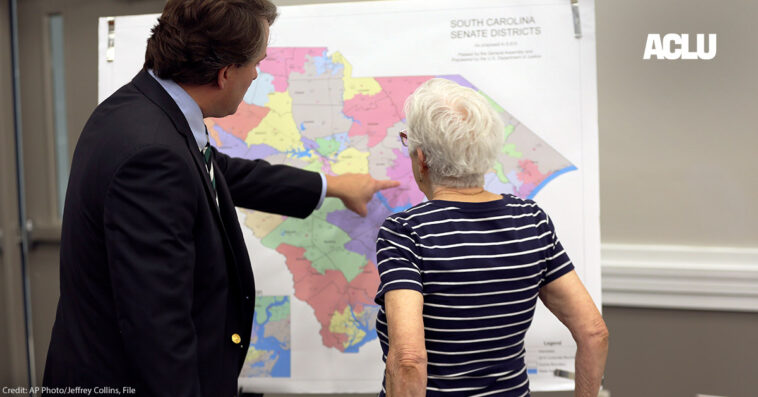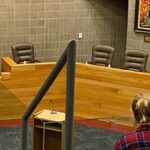News Article about the Crucial Redistricting Case before the Supreme Court
The Supreme Court of the United States (SCOTUS) is the highest court in the land, tasked with making decisions that shape the nation’s laws. It is no surprise then, that when the court is set to consider a case, the entire nation is paying attention. The upcoming case of Rucho v. Common Cause has the potential to drastically change the way congressional districts are drawn, and consequently, could have a major effect on the makeup of the U.S. House of Representatives.
At the heart of the case are gerrymandering and partisan politics. Gerrymandering is the practice of manipulating the boundaries of a district in order to give one party an electoral advantage. This is often done by creating districts that are heavily skewed in favor of the party in power. The Rucho v. Common Cause case challenges the legality of this practice, and could determine the future of American politics.
Background of the Case
The Rucho v. Common Cause case was first brought before the SCOTUS in June of 2019. The case is centered around the North Carolina state legislature’s decision to redraw congressional districts for the 2016 election. The plaintiffs in the case, Common Cause, argued that the new district lines had been drawn with the purpose of giving the Republican party an advantage in the election. The case has been in the court’s hands since then, and a final decision is expected to be made in 2020.
Implications of the Case
If the court rules in favor of Common Cause, it could have a major effect on congressional districts across the United States. It could potentially force state legislatures to redraw district lines in a more equitable way, and could also limit the amount of partisan influence in redistricting processes. This could have a major effect on the composition of the House of Representatives, and could help to reduce the power of partisan politics.
Arguments from Both Sides
The arguments being made on both sides of the case are complex. Common Cause has argued that the North Carolina legislature’s decision to redraw congressional districts was unconstitutional, as it was done with the intention of giving the Republican party an advantage. The state of North Carolina, however, has argued that the decision was made in accordance with the Constitution, and that the new districts are more equitable than the old ones.
The Court’s Decision
The outcome of the Rucho v. Common Cause case is hard to predict. The court has yet to issue a ruling, and it is unclear how the justices will decide. Some experts have suggested that the court may issue a split decision, which would mean that the case could be sent back to lower courts for further review. Others have speculated that the court may rule in favor of the plaintiffs, which could have a major effect on congressional district lines across the country.
Conclusion
The Rucho v. Common Cause case is an important one, as it could potentially have a major effect on congressional districts across the United States. The outcome of the case is uncertain, but the stakes are high, and its implications could be felt for years to come. The SCOTUS is expected to make a decision in 2020, and until then, the outcome remains to be seen.


